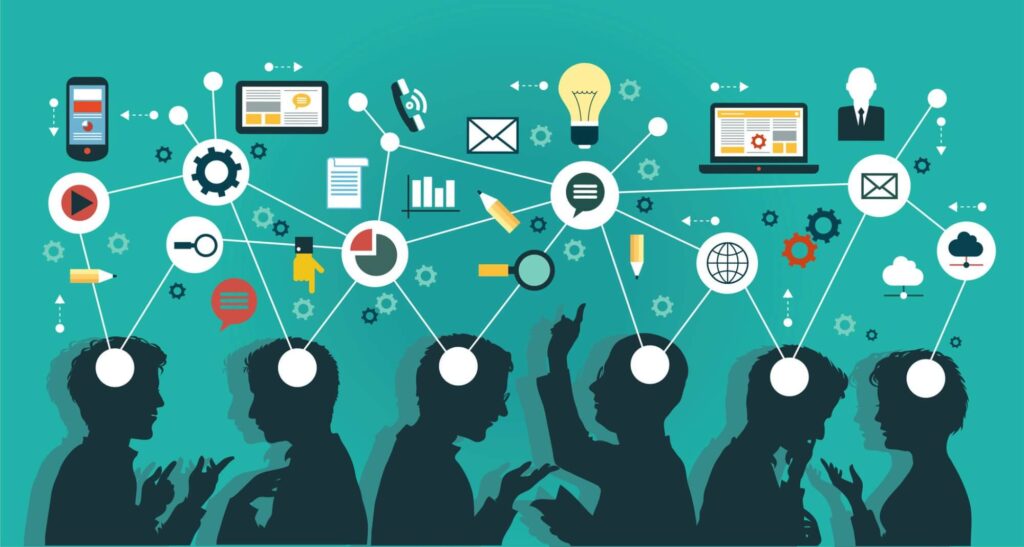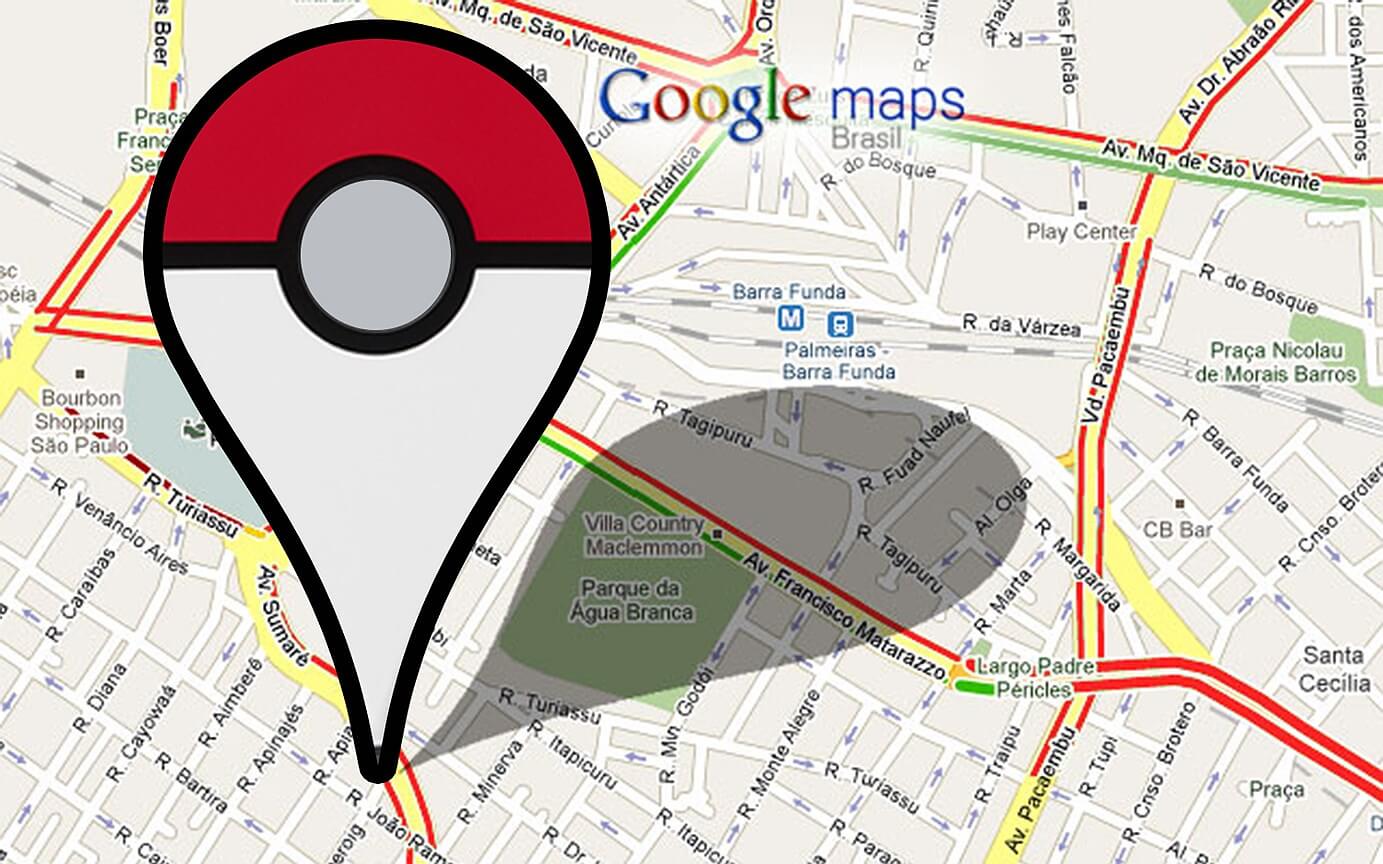The Internet: Connecting the World

The Internet, often referred to as the “information superhighway,” has become an integral part of our daily lives. It’s a vast network that connects millions of devices worldwide, allowing seamless communication, information sharing, and access to a plethora of services. Here’s a brief overview of what the Internet is and why it matters:
What Is the Internet?
The Internet is a global network of interconnected computers and servers. It transcends geographical boundaries, enabling users to communicate, collaborate, and exchange data regardless of their physical location. Whether you’re sending an email, streaming a video, or browsing a website, you’re utilizing the power of the Internet.
Significance of the Internet: Why It Matters
- Communication: The Internet revolutionized communication. Email, instant messaging, and social media platforms allow us to connect with friends, family, and colleagues across the globe in real time. Video conferencing tools bridge distances, making virtual meetings possible.
- Information Access: The Internet is a treasure trove of information. Search engines like Google provide instant answers to our queries. Online encyclopedias, educational websites, and digital libraries offer knowledge on virtually any topic. From academic research to cooking recipes, the Internet has it all.
- E-Commerce and Online Shopping: Online marketplaces allow us to buy and sell goods without leaving our homes. From Amazon to small boutique stores, e-commerce platforms have transformed the way we shop. Payment gateways ensure secure transactions.
- Entertainment and Streaming: Streaming services like Netflix, YouTube, and Spotify deliver entertainment directly to our screens. We binge-watch TV shows, listen to music, and explore new content—all thanks to the Internet.
- Social Networking: Social media platforms (Facebook, Twitter, Instagram, etc.) connect people globally. We share our experiences, photos, and thoughts, fostering virtual communities.
- Education and E-Learning: Online courses, webinars, and educational platforms democratize learning. Students can access lectures, tutorials, and study materials from renowned institutions worldwide.
- Remote Work and Telecommuting: The Internet enables remote work. Whether you’re a freelancer, a digital nomad, or part of a multinational corporation, working from home or in a coffee shop is feasible due to reliable Internet connectivity.
- Healthcare and Telemedicine: Telemedicine consultations, health apps, and online medical resources enhance healthcare accessibility. Patients can seek advice, schedule appointments, and monitor their health online.
- Research and Innovation: Scientists collaborate across borders, sharing research findings and advancing knowledge. Innovations in technology, medicine, and other fields owe much to the collaborative power of the Internet.
- Globalization: The Internet breaks down barriers, promoting cultural exchange, understanding, and tolerance. It connects people from diverse backgrounds, fostering a global community.
In summary, the Internet is more than just a network of wires and servers—it’s a dynamic ecosystem that shapes our lives, empowers businesses, and fuels progress. As we continue to rely on it, understanding its workings becomes increasingly important.
Historical Background: The Birth of ARPANET

Origins of ARPANET
In the late 1960s, the United States Defense Department’s Advanced Research Projects Agency (ARPA) funded the development of a groundbreaking experimental computer network called ARPANET. Its primary purpose was to connect computers at various research institutions across the country. Little did they know that this project would lay the foundation for the modern Internet.
Cold War Context
During the height of the Cold War, military commanders sought a communication system that could withstand attacks. They envisioned a network without a central core—a decentralized structure that couldn’t be easily crippled by enemies. ARPANET emerged as a solution to this challenge.
ARPANET’s Evolution
- 1969: The first computers were connected, marking the birth of ARPANET.
- 1970: The Network Control Protocol (NCP) was implemented, led by visionaries like Steve Crocker, Jon Postel, and Vint Cerf.
- 1971: ARPANET was declared operational, linking computers across research institutions.
Legacy and Impact
While ARPANET initially had an academic focus, it gradually expanded its reach. As more institutions connected to it, the network took on a tentacle-like structure, resembling the vision military officials had imagined. Today, the Internet retains a similar form, albeit on a much larger scale.
ARPANET’s legacy lies not only in its technical achievements but also in its role as a catalyst for global communication, information sharing, and technological progress. It paved the way for the interconnected world we now inhabit—a world where ideas, data, and knowledge flow seamlessly across borders.
Components of the Internet
1. IP Addresses
- Definition: IP (Internet Protocol) addresses are numerical labels assigned to devices connected to the Internet. They serve as unique identifiers for each device.
- Function: IP addresses enable data packets to be routed correctly across networks. They allow devices to find and communicate with one another.
- Importance: Without IP addresses, the Internet wouldn’t function as a global network.
2. Protocols
- Definition: Protocols are rules and conventions that govern communication between devices on the Internet.
- Types:
- TCP (Transmission Control Protocol): Ensures reliable data transmission by dividing information into packets, tracking their delivery, and reassembling them at the destination.
- UDP (User Datagram Protocol): Provides faster but less reliable communication and is commonly used for real-time applications like video streaming and online gaming.
- HTTP (Hypertext Transfer Protocol): Facilitates web browsing by allowing clients (web browsers) to request web pages from servers.
- DNS (Domain Name System): Converts human-readable domain names (e.g., www.example.com) into IP addresses.
- Role: Protocols enable seamless communication across diverse devices and services.
3. Data Packets
- Definition: Data packets are small chunks of information that travel across the Internet.
- Function: They carry data from source to destination. Each packet contains a portion of the original message.
- Routing: Routers and switches direct packets efficiently to their intended recipients.
- Efficiency: Packet-based communication allows efficient use of network resources.
4. Networking Infrastructure
- Physical Layer: Includes wired (Ethernet) and wireless (Wi-Fi) connections.
- Switches and Routers: Manage data flow within networks.
- Bandwidth: Determines the amount of data that can be transmitted per second.
- Latency: Measures the delay in data transmission.
5. Internet Infrastructure
- Backbone Networks: High-speed connections that link major cities and data centers.
- Undersea Cables: Submarine cables spanning oceans, connecting continents.
- Satellite Links: Provide global coverage, especially in remote areas.
6. Internet Routing
- Routing Algorithms: Determine the best path for data packets to reach their destination.
- Redundancy: Multiple routes ensure reliability even if one path fails.
Basic Infrastructure of the Internet
1. Ethernet
- Definition: Ethernet is the standard for wired local area networks (LANs).
- Function: It enables devices within a local network (such as computers, printers, and routers) to communicate with each other.
- Physical Connection: Ethernet cables (e.g., Cat 5e, Cat 6) connect devices to switches or routers.
- Speeds: Ethernet supports various speeds (e.g., 10 Mbps, 100 Mbps, 1 Gbps, 10 Gbps).
2. IP (Internet Protocol)
- Definition: IP addresses are numerical labels assigned to devices connected to the Internet.
- Function: IP addresses allow devices to find and communicate with each other across networks.
- IPv4 vs. IPv6:
- IPv4: The older version with 32-bit addresses (e.g., 192.168.1.1).
- IPv6: The newer version with 128-bit addresses (e.g., 2001:0db8:85a3:0000:0000:8a2e:0370:7334).
3. HTTP (Hypertext Transfer Protocol)
- Definition: HTTP is used for web browsing.
- Function: It allows clients (web browsers) to request web pages from servers.
- Example: When you type a URL (e.g., www.example.com) in your browser, HTTP fetches the webpage content.
4. TCP (Transmission Control Protocol) and UDP (User Datagram Protocol)
- TCP:
- Function: Ensures reliable data transmission.
- Features: Divides data into packets, tracks delivery, and reassembles at the destination.
- Use Case: Web browsing, file downloads.
- UDP:
- Function: Provides faster but less reliable communication.
- Use Case: Real-time applications (e.g., video streaming, online gaming).
5. DNS (Domain Name System)
- Definition: DNS converts human-readable domain names (like www.example.com) into IP addresses.
- Function: When you enter a URL, DNS resolves it to the corresponding IP address.
- Importance: Without DNS, we’d have to remember numeric IP addresses for every website
Working Principle of the Internet
Data Creation:
- Users create data by performing various actions online, such as sending emails, loading webpages, posting on social media, or streaming videos.
- For example, when you compose an email or click a link on a website, you’re generating data.
Data Segmentation:
- Once data is created, it’s divided into smaller chunks called packets.
- These packets are like digital envelopes containing a portion of the original data.
- Segmentation ensures efficient transmission over the network.
Routing:
- Packets travel across the Internet through a network of switches, routers, and servers.
- Each packet is directed toward its destination using routing algorithms.
- Routers determine the best path for each packet based on factors like speed, reliability, and congestion.
Reassembly:
- At the destination (e.g., your computer or smartphone), the received packets are reassembled.
- The original data is reconstructed by putting the packets back in the correct order.
- Imagine it as assembling a jigsaw puzzle from its scattered pieces.
User Interaction:
- Finally, users interact with the reassembled data.
- You might view a webpage, watch a video, or read an article.
- This interaction completes the cycle, allowing users to access information and services provided by the Internet.
Connecting Modes
3G/4G/5G (Mobile Networks):
- Mobile networks provide wireless connectivity to devices like smartphones, tablets, and mobile hotspots.
- 3G (Third Generation): Introduced in the early 2000s, 3G allowed faster data transfer than its predecessor (2G). It enabled basic web browsing, email, and video streaming.
- 4G (Fourth Generation): Launched around 2010, 4G significantly improved data speeds. It made high-quality video calls, online gaming, and HD streaming possible.
- 5G (Fifth Generation): The latest standard, 5G, promises even faster speeds, lower latency, and better connectivity. It’s essential for emerging technologies like IoT, augmented reality, and autonomous vehicles.
DSL (Digital Subscriber Line):
- DSL provides high-speed internet over existing telephone lines.
- It operates simultaneously with voice calls, allowing users to browse the web while making phone calls.
- DSL connections are asymmetrical, meaning download speeds are faster than upload speeds.
Dial-up:
- Dial-up was popular in the early days of the Internet.
- Users connected via telephone modems, which dialed a specific phone number to establish a connection.
- However, dial-up was slow, noisy, and tied up the phone line. It’s now largely obsolete.
Conclusion
Global Connectivity:
- The Internet connects people across the world, transcending geographical boundaries.
- We can communicate instantly with friends, family, and colleagues, regardless of their location.
Information Access:
- The Internet is a vast repository of knowledge. We can learn about any topic, from history to science, with a simple search.
- Online resources like Wikipedia, educational websites, and e-books empower us to expand our horizons.
Economic Opportunities:
- E-commerce platforms allow businesses to reach customers globally.
- Freelancers, entrepreneurs, and remote workers thrive thanks to online marketplaces and digital services.
Entertainment and Social Interaction:
- Streaming services, social media, and gaming platforms keep us entertained and connected.
- We share experiences, photos, and memories online, fostering a sense of community.
Innovation and Collaboration:
- The Internet fuels innovation by enabling collaboration among scientists, developers, and creatives.
- Open-source projects, forums, and virtual conferences drive progress in various fields.
Healthcare and Education:
- Telemedicine and online courses have become essential.
- Patients consult doctors remotely, and students access quality education from home.
FAQ’s
What is the Internet?
The Internet is a global network of interconnected computers and servers that allows users to share information, communicate, and access various services.
Why is the Internet important?
The Internet has transformed the way we live, work, and interact. Its significance lies in its ability to connect people, provide access to information, and drive innovation.
How does the Internet impact communication?
The Internet enables instant communication through email, social media, and messaging apps. It bridges geographical gaps, allowing people to connect across borders.
What future innovations can we expect from the Internet?
The Internet of Things (IoT), artificial intelligence, and virtual reality will shape our future. Smart homes, autonomous vehicles, and personalized experiences await.












